Cerise, a smoke-gray Bazadaise cow with a world-weary expression, ignored the Parisians who mobbed her pen and jostled for selfies. She’d traveled from Landes, in southwest France, all the way to the City of Light, to serve as the mascot of the 2016 Salon International de l’Agriculture.
At the Salon, a vast country fair that takes place annually in Paris, farmers exhibit prize bulls; children clamber inside the cabin of a combine harvester; and families chow down on regional delicacies at picnic tables. Despite the signs warning them to “respect the animals,” the 650,000 visitors can’t resist petting the fair’s 3,800 sheep, goats, cows, horses, and pigs, many of whom represent heritage breeds rare outside, or even within, France: Brittany’s golden Nantaise cow; the Villard-de-Lans cow from the Massif du Vercors, which sports a curly “chignon”; the pink-and-black Basque piglets snuggled under a towering, fern-roofed hut. A white Charolais bull weighing about 1,500 pounds and wearing a Viking-like studded harness was named Européen.
Even Parisians moo at cows—that’s not just an American thing—yet the bovine high jinks jarred with the fair’s most crucial, and unscheduled, spectacle. Earlier that day, livestock farmers had heckled President François Hollande, who’d curtailed his South American tour to inaugurate the Salon. One farmer threw a cow pie at the president. When Hollande’s retinue withdrew to a mini lighthouse—which is part of the fishing industry's exhibition, located within the Services and Trades hall—other protesters attacked the booth of the Ministry of Agriculture, reducing it to a scrap pile.
One group of protesters, blowing whistles and waving flags, belonged to the Fédération Nationale des Syndicats d'Exploitants Agricoles. Damien Greffin, president of the FNSEA Ile-de-France (Paris’s region), said, “This Salon de l’Agriculture couldn’t just go on like all the other Salons … All French people should know about the difficulty of the crisis in French agriculture.”
In the cattle pavilion, many farmers wore black t-shirts with white text: “JE SUIS ELEVEUR: JE MEURS.” Éleveurs are farmers who keep livestock; roughly translated, the shirts read, “I am a farmer, and I’m dying.” Black placards with the same message hung over the cows’ heads, up and down the aisles.
One black-shirted dairy farmer told me, “You could almost say that we're in mourning. We no longer make a living from our trade. The price of milk is very low; many people are dying of suicide. At the end of the month, you see a deficit—it's like a pit, at the end of all hope. What’ll you pay the debt with?" Suicide is the third leading cause of death among French famers, after cancer and heart disease; nearly 200 die by suicide every year. (The Association des familles d’agriculteurs victimes du suicide calculates a higher figure.) The farmers are in mourning for their colleagues, and for a way of life that thousands more continue to lose.
The Salon protests are only the latest in a nationwide movement responding to the agricultural crisis. Since last summer, all around the country, French farmers have assembled highway roadblocks around cities and on national borders; they’ve targeted supermarkets by raiding shelves, dumping manure and straw in parking lots, and loosing pigs inside the stores. On February 22, farmers drove tractors—and carried coffins—to surround the homes of Minister of Agriculture Stéphane Le Foll and Minister of Defense Jean-Yves Le Drian.
The protesters want living wages from the sale of their products, fair negotiations with distributors and retailers, and food origin labels. They want commitments from both the French government and the European Union to reinterpret food regulations to preserve traditional farming methods, workers’ wages, and the environment, while leveling the competition with products from other E.U. states. Nearly 10 percent of French farms—22,000—verge on bankruptcy.
But as the black-shirted farmer pointed out, “It’s not only France. Everywhere, there’s crisis.”
L’agriculture Française: État d’Urgence
The Salon’s backpack bans and clothing searches were standard security measures under France’s newly extended state of emergency. Of the 800 police officers, including fully armored riot police, monitoring the Salon, many formed a barrier between the public and President Hollande. Behind the police line stood a black-and-blue-spotted white Vosgienne cow named Éclipse. When she lifted her tail to make fertilizer, the cop standing nearest her backside visibly recoiled. When I laughed, he shrugged. “That’s how it goes, madame. It’s nature.”
Also caught behind the police line, Hervé de Mézerac of the Domaine du Château de Canon, an organic sheep farm, orchard, and cider distillery in Normandy, looked nonplussed by the presence of police, protesters, and president. The crisis from his perspective: “When you raise a sheep, 20 years ago it was sold for, let’s say, 100 euros. Now, it still sells for 100 euros, except that it costs much more to raise.” He cited French labor and production regulations that increase costs. (In January 2016, the French minimum wage was approximately 1.5 times the Spanish minimum wage.) “The sheep cost more [to raise] than Dutch or Irish sheep,” de Mézerac said.
On February 17, Prime Minister Manuel Valls announced farm relief plans, but many farmers argue that relief isn’t enough; change must be sustainable for future generations. Some farmers are listening to the Euroskeptic National Front, which advocates abandoning the E.U. common market. Others point out that neither the E.U. nor the French government, regardless of which party’s in power, can easily solve systemic problems. Nor do they wish to blame farmers in neighboring nations: One internationally unified action occurred in September 2015 in Brussels, when 4,800 Belgian, German, French, and British farmers drove 1,450 tractors to their protests of the E.U. agricultural ministers’ emergency summit.
In many countries, industrialization, corporatization, and globalization have drastically altered rural life. Countless small family farms, and many bigger operations, have vanished, swallowed by debt and a range of market forces. Farmers’ deaths by suicide are a horrific, telling indicator of these catastrophes. Although most Americans first took note during the 1970s-’80s U.S. farm crisis, farmers’ suicide rates remain the second highest of any U.S. job category. The international crisis of farmer suicides has been reported in China, Britain, Ireland, Australia, and India, where at least 17,000 farmers died by suicide between 2001 and 2011. In 2003, Korean farmer Lee Kyung-hae took his own life to protest WTO agricultural policy.
Agricultural crises aren’t all the same. They develop in particular places, times, and agricultural sectors; they also intersect with issues of labor, environmental protection and degradation, food security and biodiversity, animal rights, poverty, and the problems of feeding a growing world in a sustainable way. Yet many of agriculture’s problems originate in the inequitable distribution of wealth and power in both government and agribusiness, and in the disconnect between those who need to eat, those who grow food, and those who control food. France invented the concept of “terroir,” the relationship between foods (usually wine) and the environments in which they’re grown. The definition of terroir may include—or exclude—the people who shape and steward those environments to produce food. Food doesn’t grow itself, but in many industrialized nations, there’s no connection between the rural people who grow food and the vast majority of urban and suburban consumers. (France’s urban dwellers represent 79 percent of the population; in the United States, it’s 81 percent.)
Marion Lavaud, from l’Yonne in Burgundy, and Océane Declerck, from Basse-Normandie, sat in lawn chairs at the Salon, keeping an eye on Lavaud’s Prim’Holstein cow Déesse (Goddess). Lavaud said that she wanted “a better living from our trade … at this time, it’s complicated, getting a fair salary.” About their future, and the future of their industry, she said, “We hope that things change.”
Declerck had been very quiet. “Oui.”
How Ya Gonna Keep 'em Down on the Farm (After They've Seen Paree)?
One thing Lavaud wanted visitors to understand, though, was that her trade was “une passion.” The Salon needed “to show the world what we do.”
Perhaps nobody appreciates the deliciousness and delight of the Salon better than the farmers themselves. Hervé de Mézerac called the Salon a “moment of calm” after the cider had stabilized, before the sheep work began, but he was glad to spare the time to encourage visitors to “come and ask us all the questions they want. If you don’t ask questions, you’ll know nothing about farmers’ lives.”
Nearly everyone at the Salon was a tourist, including the Parisians, who became tourists inside their own country, inside the imagination of rural France. The tasty, boozy, furry, and sometimes bizarre country fair spectacle offered a fantasy version of the farming life—much as, in the 19th century, proto-anthropological expositions, or human zoos, exhibited the customs, dress, and bodies of people from “exotic” locales like the Americas, Asia, Africa—or, indeed, Alsace and Brittany—to curious urbanites.
At the Salon, people in regional lace headdresses or berets performed folk dances and sold the culinary specialties of every corner of France: Champagne’s boar pâté baked in puff pastry; Limousin’s tête de veau; Burgundy’s escargots; Haute-Savoie’s raclette; black Provençal nougats; and the fir bud, poppy, and bergamot-flavored bonbons of the Confiserie des Hautes Vosges. One woman in an 18th-century wig hawked a yellow potato, “La Pompadour,” bred in 1979 and named in honor of Louis XV’s mistress. Dozens of stalls sold only cheeses, dozens more sold wine, cognac, beer, and liqueur. By 11 a.m., many patrons had started tasting; by 4 in the afternoon, the drink pavilions were raucous.
The Salon’s vision of rural, traditional, ancienne France kept the cheeses at a far remove from the JE SUIS ELEVEUR signs. Yet it also illustrated a stark reality: None of this delight would exist without the farmers and producers who keep French foodways alive. The Salon is half-reality, half-fantasy, but it’s staffed by real farmers with an urgent mission: to bring pleasure to the urban imagination of the farm. That pleasure might keep French agriculture alive, by convincing visitors that farmers’ interests should also be their own, that labor, protest, outrage, and systemic change are essential to the enjoyment of the food everybody needs to eat.
In the Odyssée Végétale pavilion, one attraction stood out: a burlap sack of wheat, measuring four feet deep and teeming with wheat grains. Visitor after visitor studied the wheat, touched it, selecting individual grains, sniffing them, and even tasting them. A child of 7 or 8 plunged her arms up to the elbows in wheat; her face glowed with the beatitude found only in medieval saints and purring cats. That joy was the force that might someday create a farmer, a knowledgeable consumer, or perhaps an E.U. policymaker who cares about who grows her food.















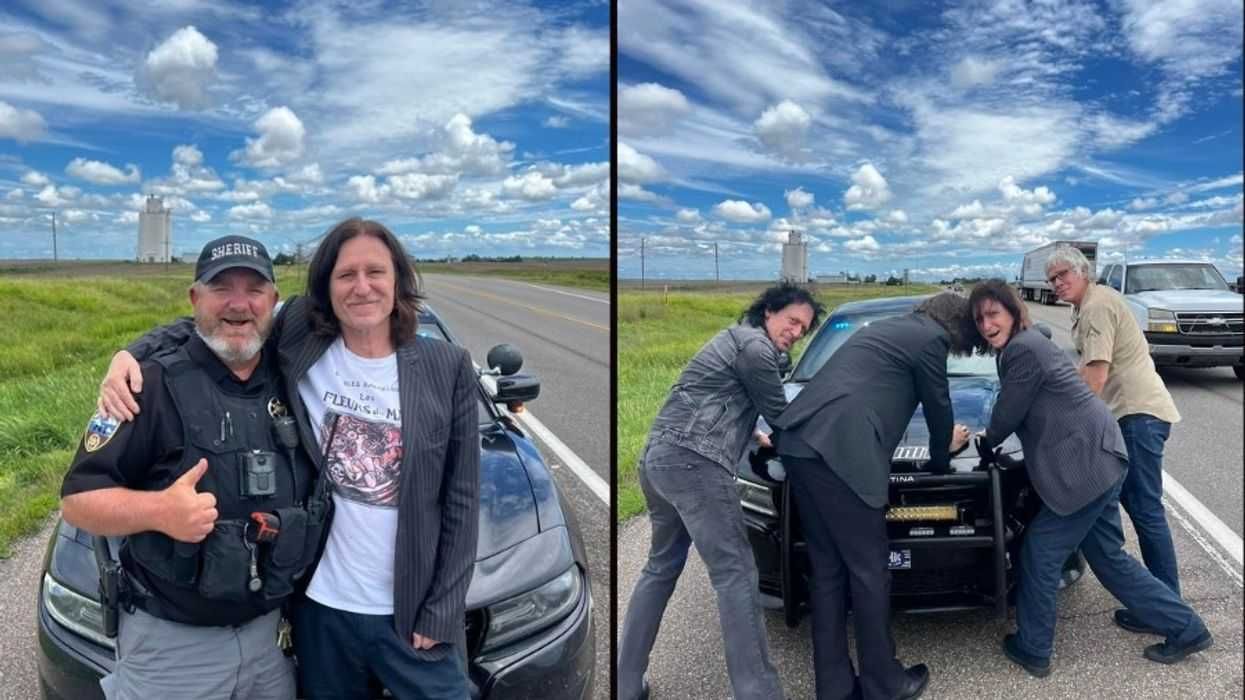

 Screenshots of the man talking to the camera and with his momTikTok |
Screenshots of the man talking to the camera and with his momTikTok | 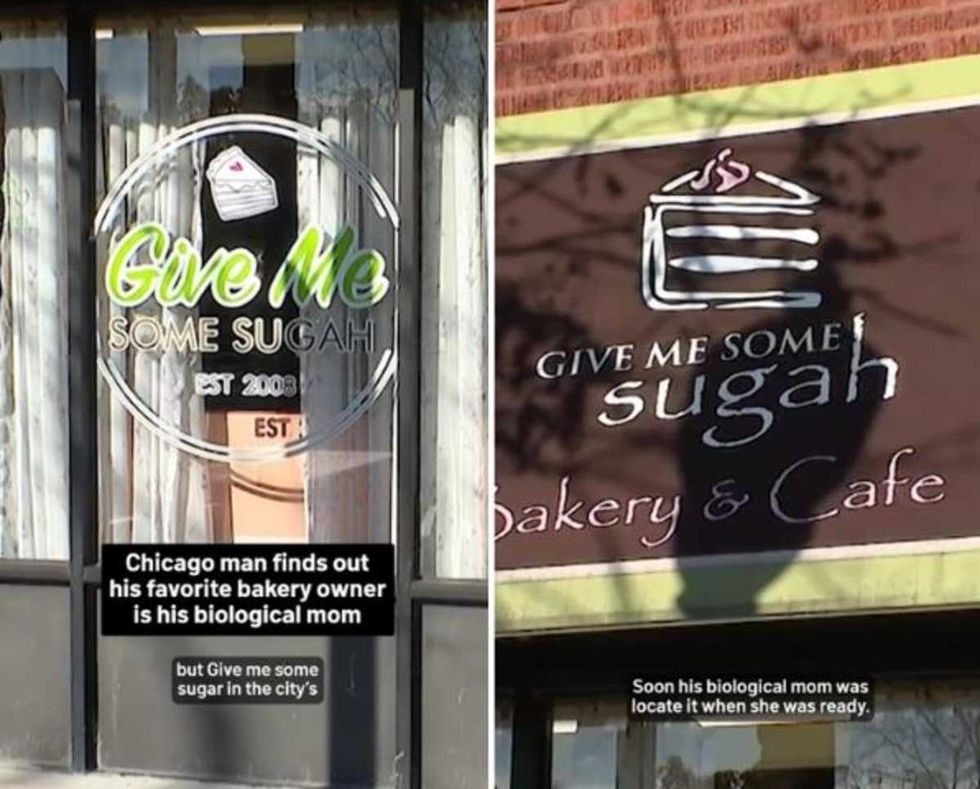 Screenshots of the bakery Image Source: TikTok |
Screenshots of the bakery Image Source: TikTok | 
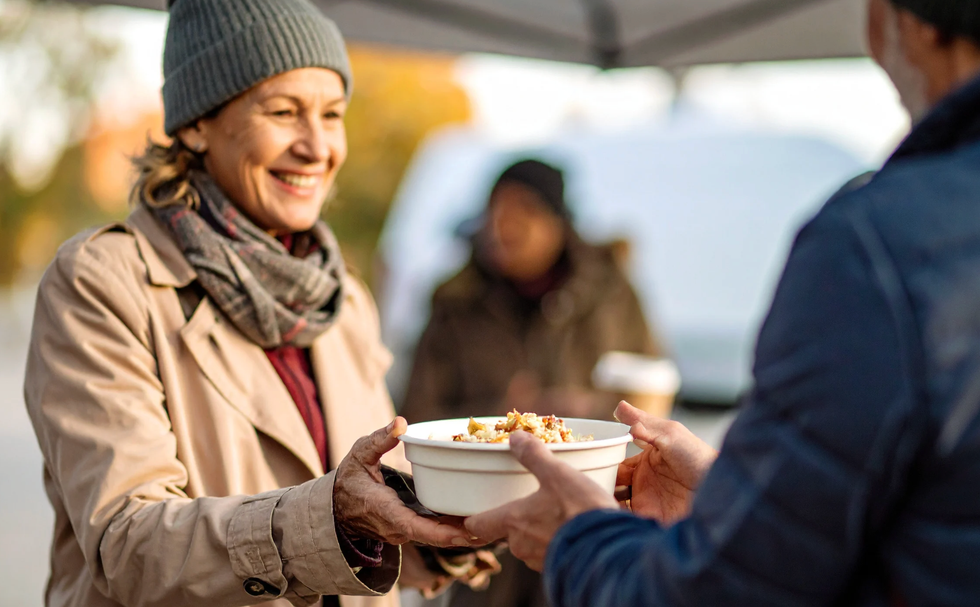 A woman hands out food to a homeless personCanva
A woman hands out food to a homeless personCanva A female artist in her studioCanva
A female artist in her studioCanva A woman smiling in front of her computerCanva
A woman smiling in front of her computerCanva 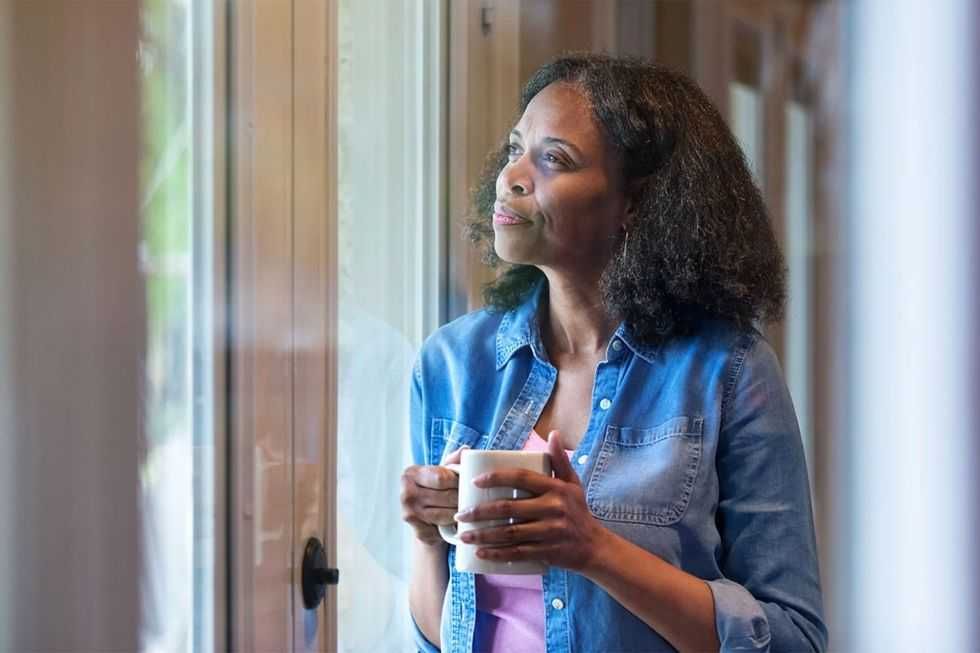 A woman holds a cup of coffee while looking outside her windowCanva
A woman holds a cup of coffee while looking outside her windowCanva  A woman flexes her bicepCanva
A woman flexes her bicepCanva  A woman cooking in her kitchenCanva
A woman cooking in her kitchenCanva  Two women console each otherCanva
Two women console each otherCanva  Two women talking to each otherCanva
Two women talking to each otherCanva  Two people having a lively conversationCanva
Two people having a lively conversationCanva 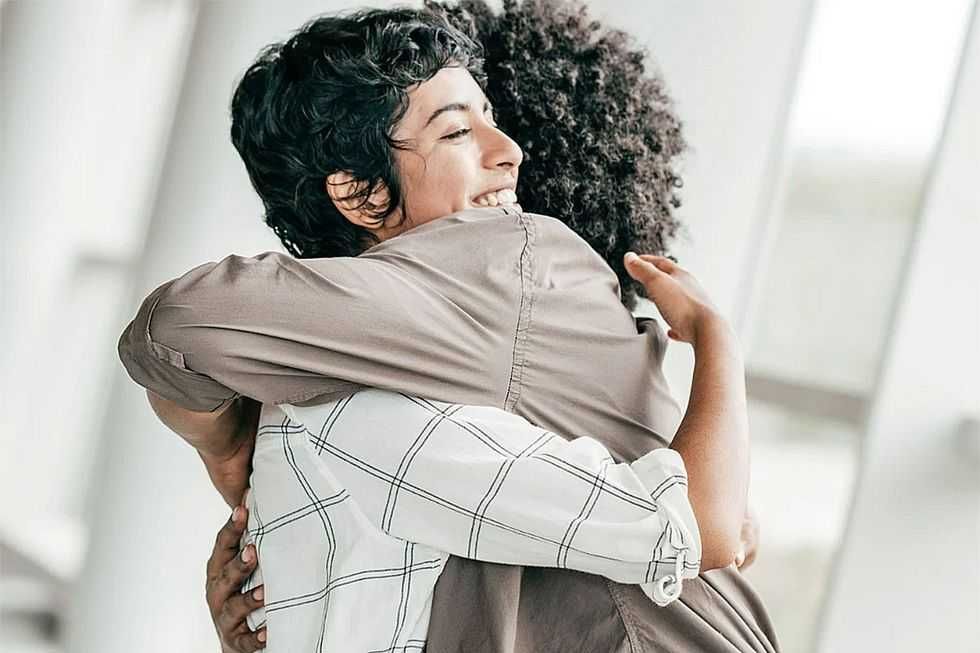 Two women embrace in a hugCanva
Two women embrace in a hugCanva 
 A reddit commentReddit |
A reddit commentReddit |  A Reddit commentReddit |
A Reddit commentReddit | 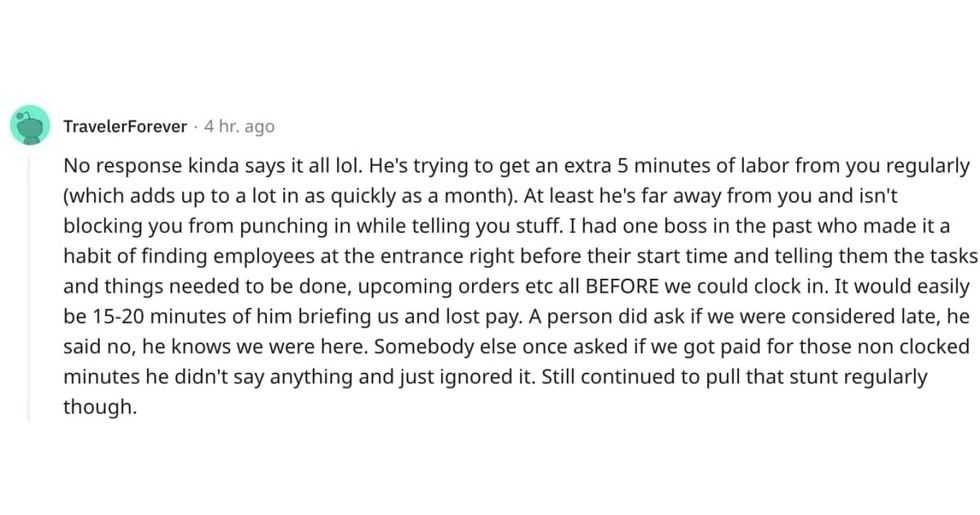 A Reddit commentReddit |
A Reddit commentReddit |  Stressed-out employee stares at their computerCanva
Stressed-out employee stares at their computerCanva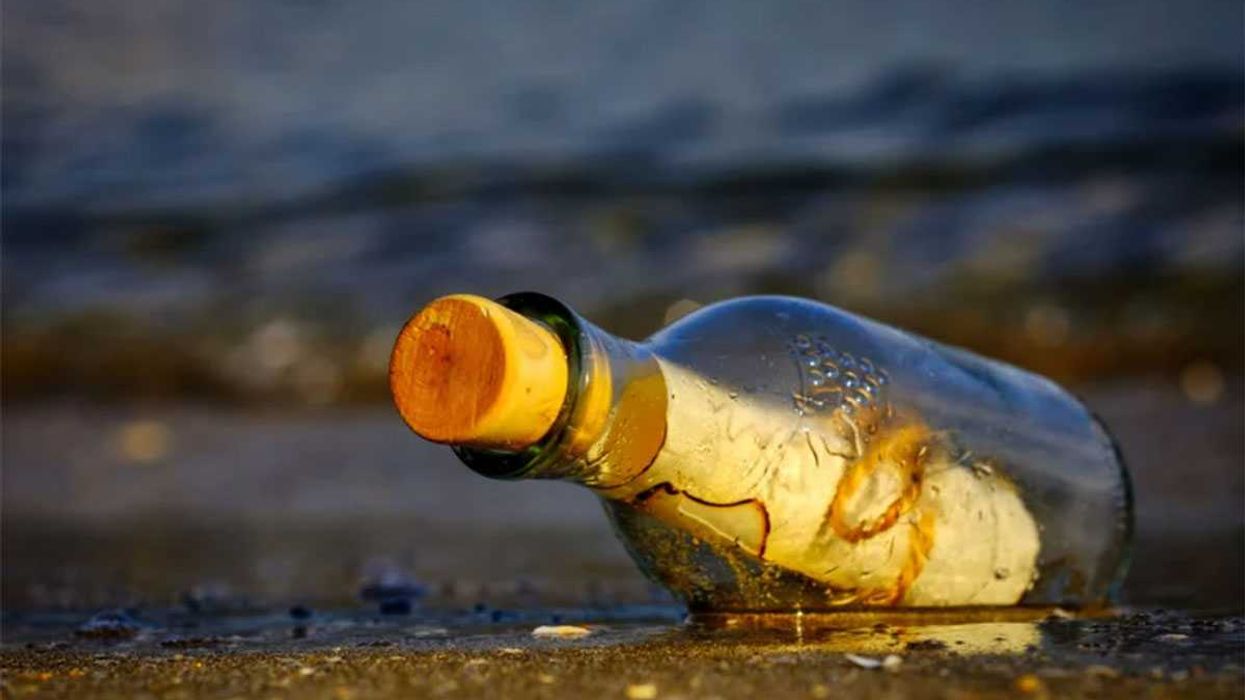
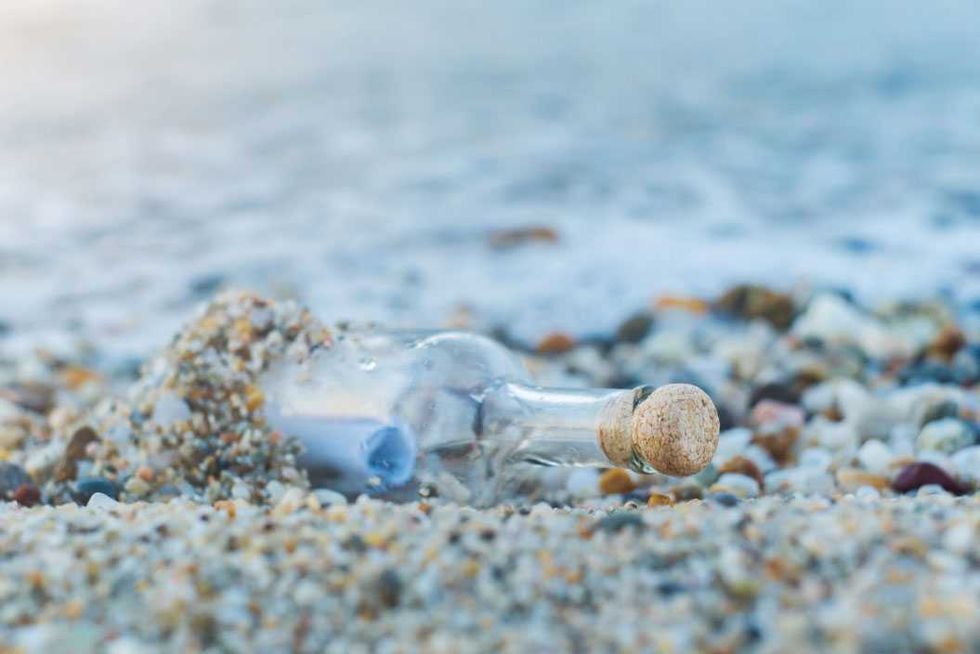 Who knows what adventures the bottle had before being discovered.
Who knows what adventures the bottle had before being discovered. 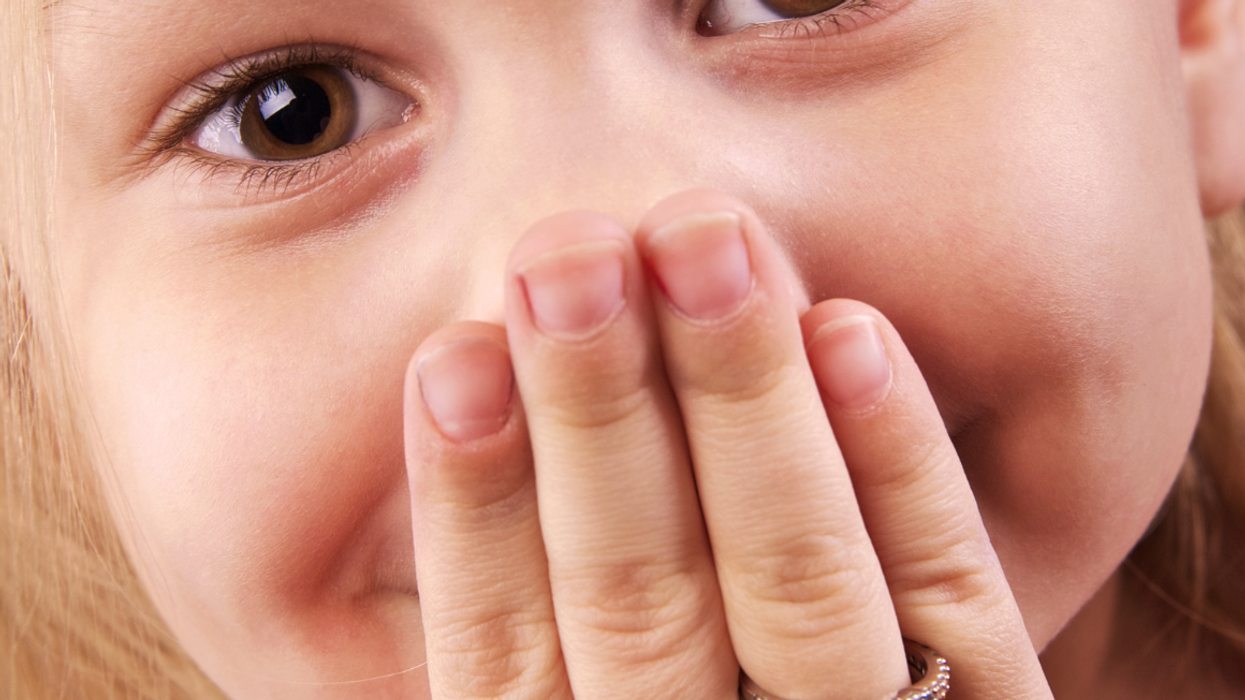
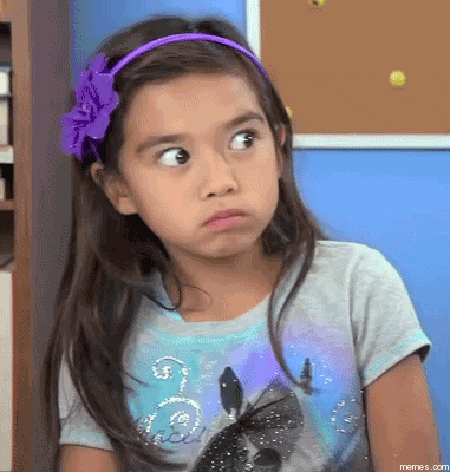 Gif of young girl looking at someone suspiciously via
Gif of young girl looking at someone suspiciously via 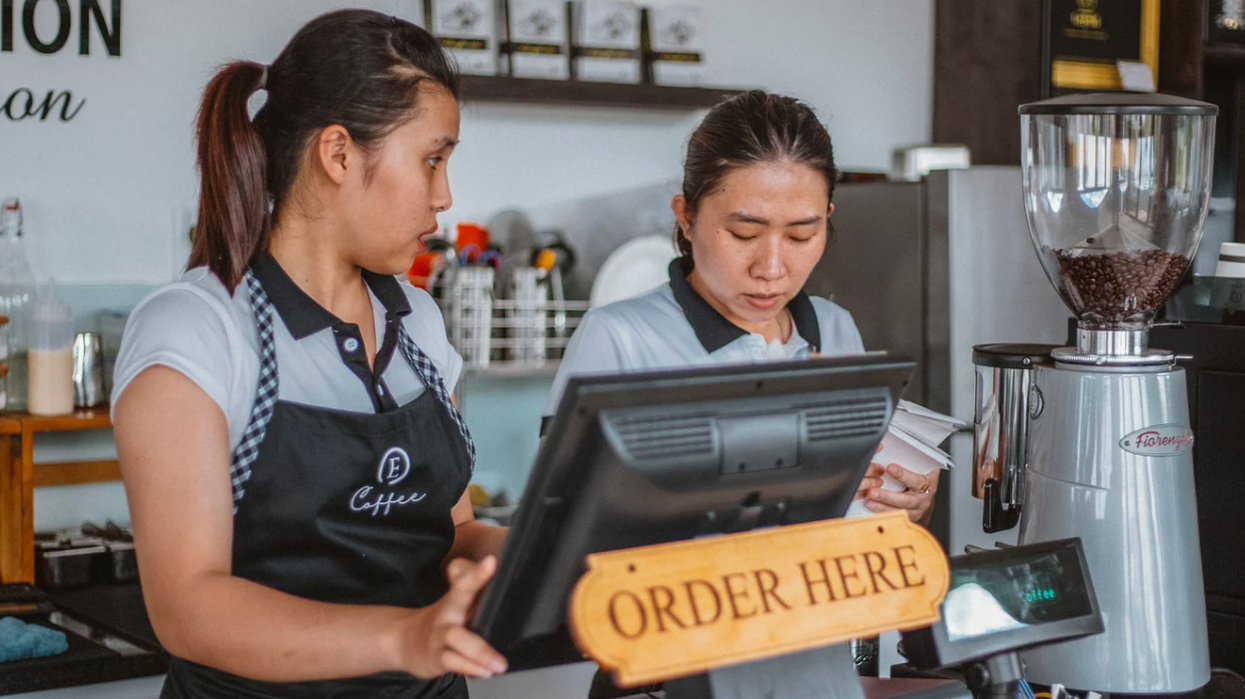
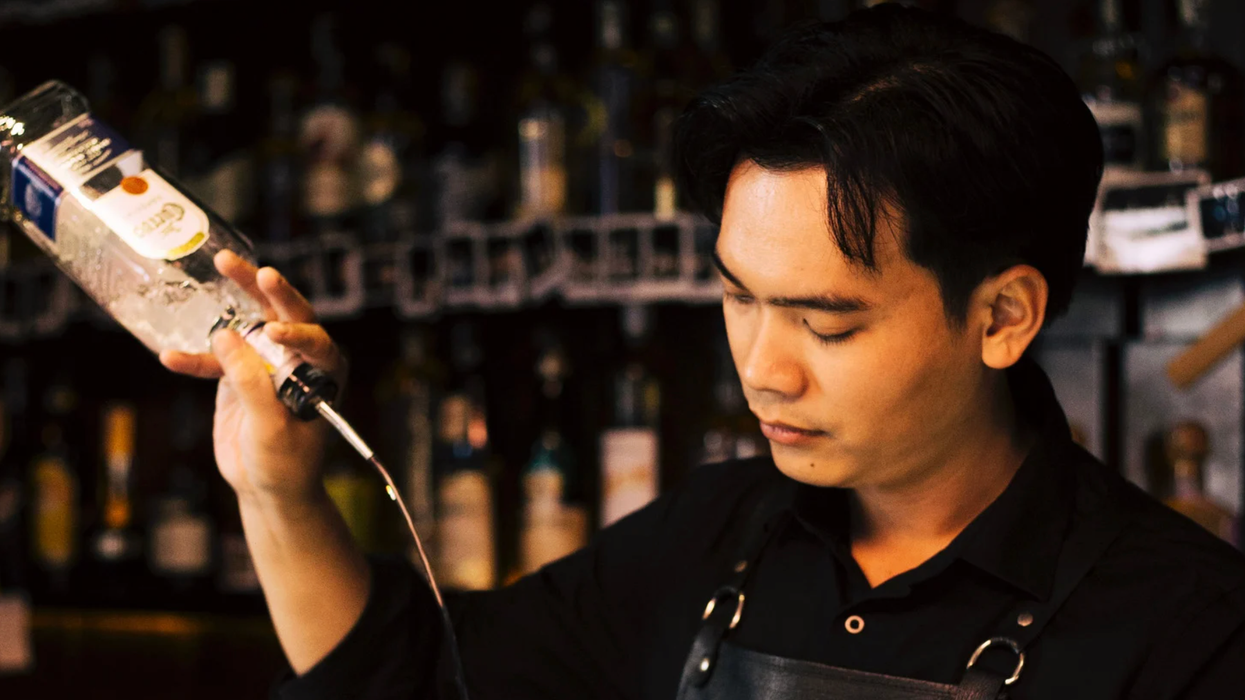
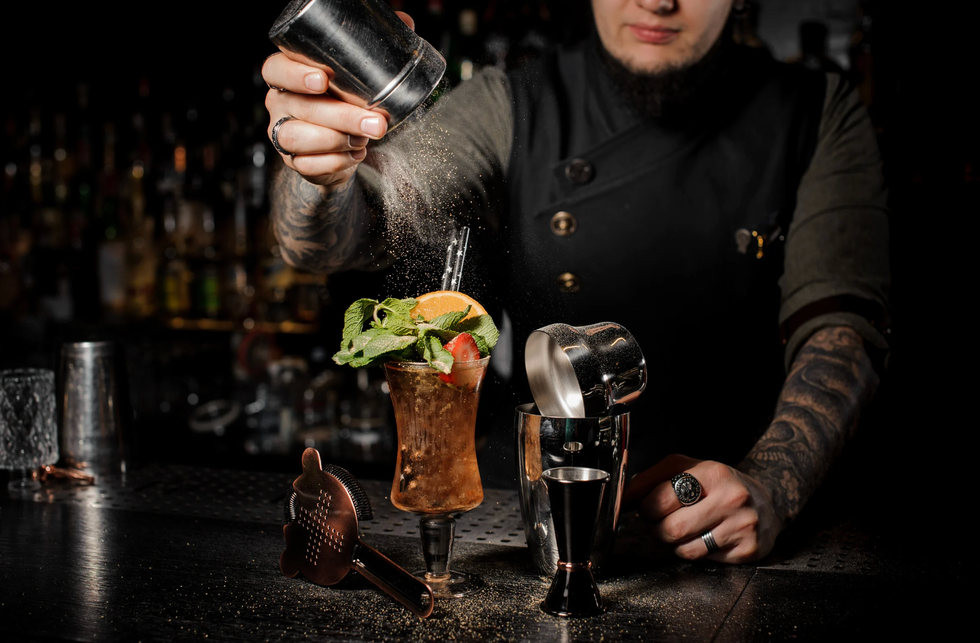 A bartender makes a drinkCanva
A bartender makes a drinkCanva